Water is one of the most precious resources on our planet, yet pollution continues to threaten its quality. Industries, construction sites, and even households contribute to water contamination.
However, a simple yet highly effective solution exists—tarps. These versatile coverings play a crucial role in reducing pollution and safeguarding water sources from harmful contaminants.
In this article, we’ll explore how tarps help in pollution prevention, their role in protecting our water bodies, and the best ways to use them for environmental conservation.
How Water Pollution Occurs
Before diving into solutions, it’s important to understand how water pollution happens. Some of the most common causes include:
- Industrial Waste – Factories release hazardous chemicals and waste into rivers and lakes.
- Construction Runoff – Dust, debris, and chemicals from construction sites get washed into water sources.
- Agricultural Chemicals – Pesticides and fertilizers seep into the ground and contaminate groundwater.
- Stormwater Runoff – Rainwater picks up pollutants from roads, parking lots, and buildings, carrying them into natural water bodies.
Each of these pollutants can severely impact aquatic ecosystems, drinking water, and overall environmental health. Fortunately, tarps provide a practical way to reduce this damage.
The Role of Tarps in Pollution Control
Tarps act as protective barriers, preventing pollutants from spreading into the environment. Here’s how they help in different sectors:
1. Containing Industrial Waste
Industries that deal with hazardous materials must prevent spills from reaching soil and water sources. Heavy-duty tarps help contain spills, reducing the risk of contamination. By covering industrial waste storage areas, companies can significantly minimize environmental impact.
2. Preventing Construction Site Runoff
Construction projects generate a lot of dust, debris, and potentially harmful chemicals. Using tarps to cover building materials and debris piles prevents rain from washing pollutants into nearby storm drains and water bodies.
3. Protecting Agricultural Lands
Farms often use chemicals that can seep into the soil and contaminate nearby water sources. Ground tarps and protective covers help minimize runoff, ensuring that fertilizers and pesticides don’t end up in rivers and lakes.
4. Controlling Stormwater Pollution
Stormwater runoff carries various pollutants from urban areas into natural water systems. Strategically placed tarps help redirect and filter rainwater, preventing harmful substances from entering drainage systems.
5. Preventing Oil and Chemical Spills
Vehicles, equipment, and storage containers can leak oil, fuel, and other chemicals. Using tarps as ground protection under machinery and vehicles prevents these substances from seeping into the soil and water table.
Best Practices for Using Tarps to Reduce Pollution
While tarps are effective, their proper use is essential for maximum environmental benefits. Here are some best practices to follow:
Choose the Right Material
Different pollutants require different types of tarps. Heavy-duty polyethylene tarps are ideal for industrial waste, while mesh tarps are useful for erosion control and stormwater filtration.
Secure Tarps Properly
Loose or poorly placed tarps won’t provide adequate protection. Use tie-downs, sandbags, or weights to keep tarps in place and ensure complete coverage.
Regular Maintenance and Replacement
Over time, tarps can wear out, develop holes, or become less effective. Regular inspections and timely replacements will help maintain their effectiveness in pollution control.
Use Multi-Layered Protection
For high-risk areas, combining multiple layers of tarps provides better protection. For example, using an absorbent layer under an impermeable tarp can enhance containment of hazardous spills.
Environmental Benefits of Using Tarps
By incorporating tarps into pollution control strategies, we can achieve several environmental benefits:
- Cleaner Water Sources – Reduced contamination means safer drinking water and healthier aquatic ecosystems.
- Less Soil Degradation – Preventing chemical runoff helps maintain soil fertility and prevents erosion.
- Lower Cleanup Costs – Preventing pollution is far more cost-effective than cleaning up after contamination occurs.
- Improved Public Health – Cleaner water reduces the risk of waterborne diseases and long-term health issues.
Additional Uses of Tarps for Environmental Protection
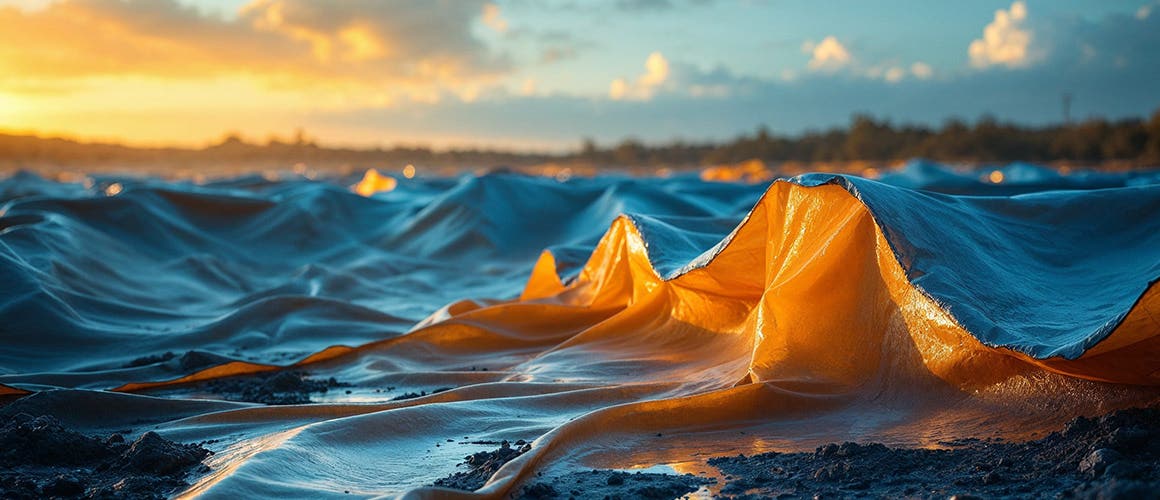
Beyond pollution control, tarps play a vital role in various eco-friendly applications. Here are a few additional ways they help the environment:
1. Reducing Plastic Waste
Instead of disposable plastic sheets, reusable tarps can serve the same purpose for extended periods, cutting down on plastic waste in landfills and oceans.
2. Supporting Sustainable Farming
Organic farmers use tarps for weed suppression instead of relying on chemical herbicides, reducing soil and water contamination.
3. Providing Emergency Flood Control
In flood-prone areas, sandbag-covered tarps can create temporary barriers to prevent water from inundating homes and farmlands, minimizing damage.
4. Enhancing Wildlife Protection
Tarps can be used in conservation projects to create temporary shelters for wildlife, ensuring that vulnerable species remain safe during habitat restoration efforts.
Conclusion
Pollution prevention is an ongoing challenge, but tarps provide a simple and effective solution to protect water sources and the environment. Whether in industries, construction, agriculture, or urban settings, properly using tarps can significantly reduce contamination risks.
By implementing proper tarp usage strategies, we can take meaningful steps toward a cleaner and healthier planet. Investing in the right tarps and ensuring they are correctly deployed will not only benefit businesses but also contribute to global environmental conservation efforts.
Take Action Today
Protecting our water sources and reducing pollution starts with simple yet effective solutions like using tarps. Whether you’re in construction, farming, or industrial operations, incorporating high-quality tarps into your daily activities can make a significant difference.
By preventing harmful chemicals, debris, and contaminants from entering our environment, tarps help safeguard ecosystems, maintain soil fertility, and improve overall public health.
Investing in durable, reusable tarps also reduces plastic waste and long-term cleanup costs. Make sustainability a priority by choosing the right tarp for your needs and ensuring proper installation and maintenance.
Every small step contributes to a cleaner, healthier planet. Start today—take responsibility, implement eco-friendly solutions, and be part of the change for a better future!
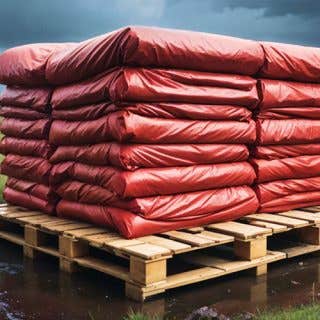


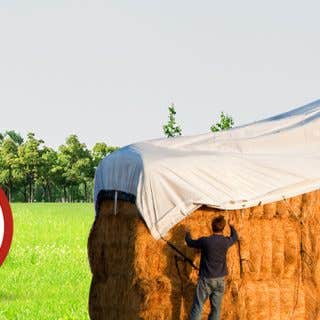


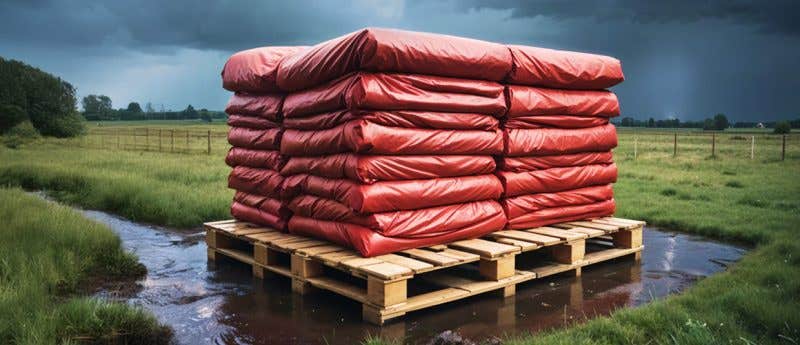
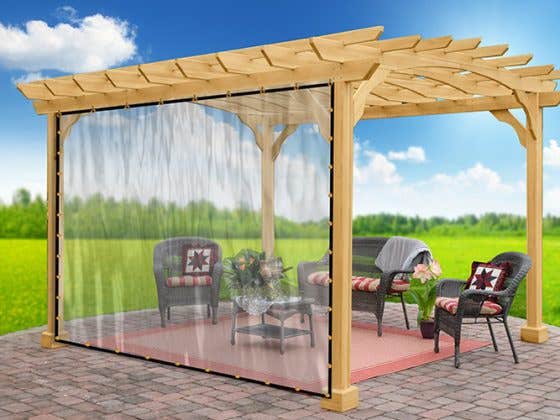
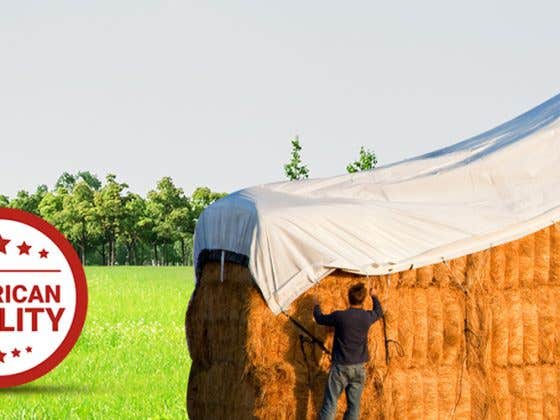
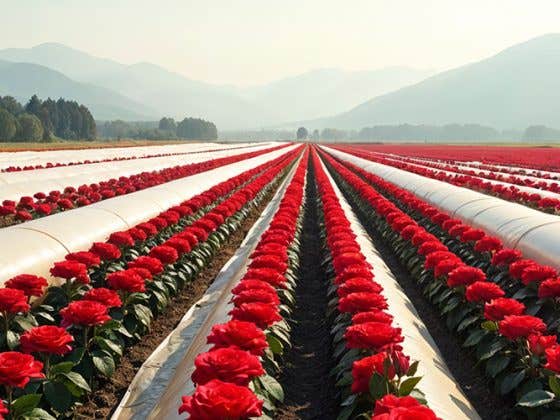
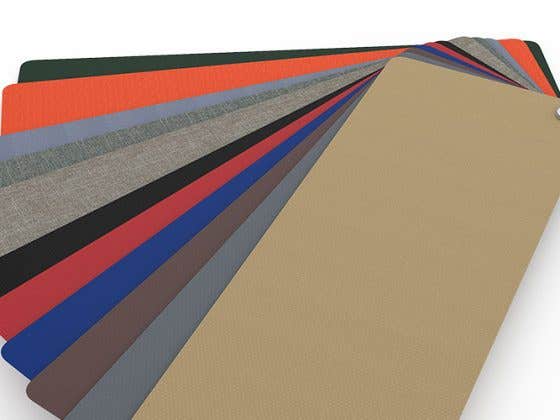

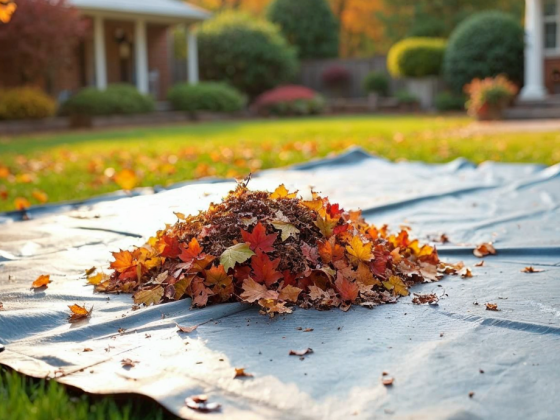
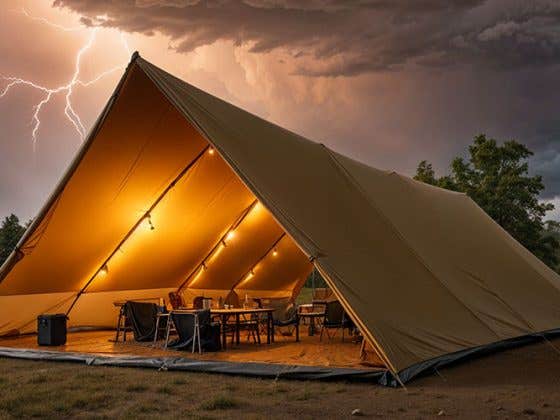
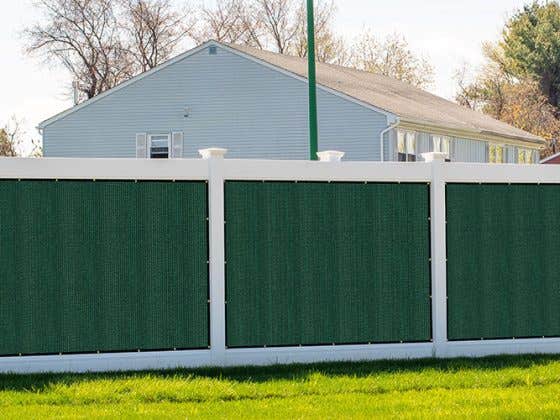
Recent Comments